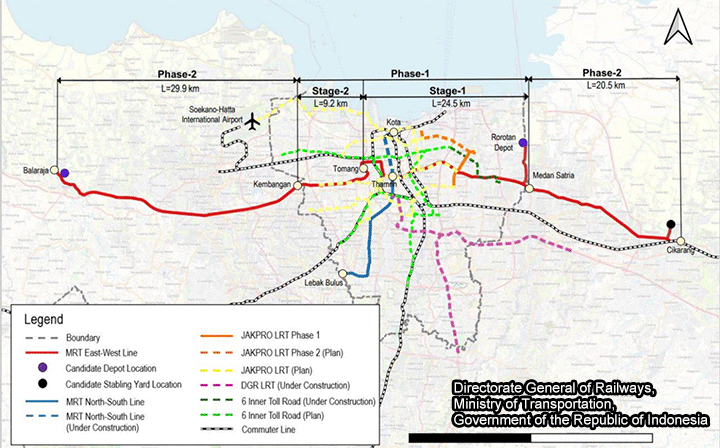2025-02-03 スウォンジー大学
<関連情報>
- https://www.swansea.ac.uk/press-office/news-events/news/2025/02/ai-powered-self-healing-asphalt-a-step-toward-sustainable-net-zero-roads.php
- https://pubs.rsc.org/en/content/articlelanding/2024/dd/d3dd00245d
- https://pubs.acs.org/doi/10.1021/acsami.2c07301
ビチューメンとバイオベース複合流体のスケールアップ原子論的シミュレーションを加速するデータ駆動型代表モデル Data-driven representative models to accelerate scaled-up atomistic simulations of bitumen and biobased complex fluids
Daniel York,Isaac Vidal-Daza,Cristina Segura,Jose Norambuena-Contreras and Francisco J. Martin-Martinez
Digital Discovery Published:16 Apr 2024
DOI:https://doi.org/10.1039/D3DD00245D
Abstract
Complex molecular organic fluids such as bitumen, lubricants, crude oil, or biobased oils from biorefineries are intrinsically challenging to model with molecular precision, given the large variety and complexity of organic molecules in their composition. Large scale atomistic simulations have been historically limited by this complexity, which has hampered the bottom-up molecular design of these materials, something especially relevant given the current surge of biobased fluids for sustainable applications and the cost of trial-and-error experimental developments. To address this limitation, we have developed an author-agnostic computational framework to generate data-driven representative models of any complex mixture of organic molecules directly from Gas Chromatography-Mass Spectrometry (GCMS) experimental characterisation, thus reducing human biases in model creation and providing a platform for self-driven digital development of molecular organic fluids. The method proposed generates statistically representative molecular samples that simplify the complexity of the fluid in a limited group of molecules, while capturing the critical chemical features needed to describe the overall properties of the mixture. As a case study, we generated a showcase of data-driven representative models from the GCMS characterisation of a bio-oil from the pyrolysis of pine bark, specially produced for this study. Pyrolytic biomass processing into bio-oils provides a waste valorisation route with applications in biorefinery products like asphalt additives and biofuel precursors. Our case study focuses on complex fluids such as bio-oils for asphalt rejuvenators for self-healing purposes or biofuel upgrading. Nevertheless, the general computational framework developed in this manuscript provides a platform for generating data-driven representative models of any bitumen or biobased organic fluid.
アスファルト自己治癒のためのバイオベースの胞子マイクロカプセル Biobased Spore Microcapsules for Asphalt Self-Healing
Erik Alpizar-Reyes,José L. Concha,Francisco J. Martín-Martínez,and José Norambuena-Contreras
ACS Applied Materials & Interfaces Published June 30, 2022
DOI:https://doi.org/10.1021/acsami.2c07301
Abstract

Asphalt pavements and bituminous composites are majorly damaged by bitumen aging and fatigue cracking by traffic load. To add, maintenance and reparation of asphalt pavements is expensive and also releases significant amounts of greenhouse gases. These issues can be mitigated by promoting asphalt self-healing mechanisms with encapsulated rejuvenators. The ability of the required microcapsules to be resilient against high temperatures, oxidation, and mechanical stress is essential to promote such self-healing behavior without compromising the field performance of the asphalt pavement. This work proposes, for the first time, the use of extremely resistant biobased spores for the encapsulation of recycled oil-based rejuvenators to produce more resilient self-healing pavements. Spore encapsulants were obtained from natural spores (Lycopodium clavatum) by applying different chemical treatments, which enabled the selection of the best morphologically intact and clean spore encapsulant. The physical, morphological, and physicochemical changes were examined using fluorescence images, ATR-FTIR, SEM, size distribution, XRD, TGA and DSC analyses. Sunflower oil was used as the encapsulated rejuvenator with an optimal sol colloidal mixture for sporopollenin–oil of 1:5 (gram-to-gram). Vacuum, passive, and centrifugal encapsulation techniques were tested for loading the rejuvenator inside the clean spores and for selecting the best encapsulation technology. The encapsulation efficiency and the profiles of the accelerated release of the rejuvenator from the loaded spores over time were studied, and these processes were visualized with optical and inverted fluorescence microscopy. Vacuum encapsulation was identified as the best loading technique with an encapsulation efficiency of 93.02 ± 3.71%. The rejuvenator was successfully encapsulated into the clean spores, as observed by optical and SEM morphologies. In agreement with the TGA and DSC, the microcapsules were stable up to 204 °C. Finally, a self-healing test was conducted through fluorescence tests to demonstrate how these biobased spore microcapsules completely heal a crack into an aged bitumen sample in 50 min.




